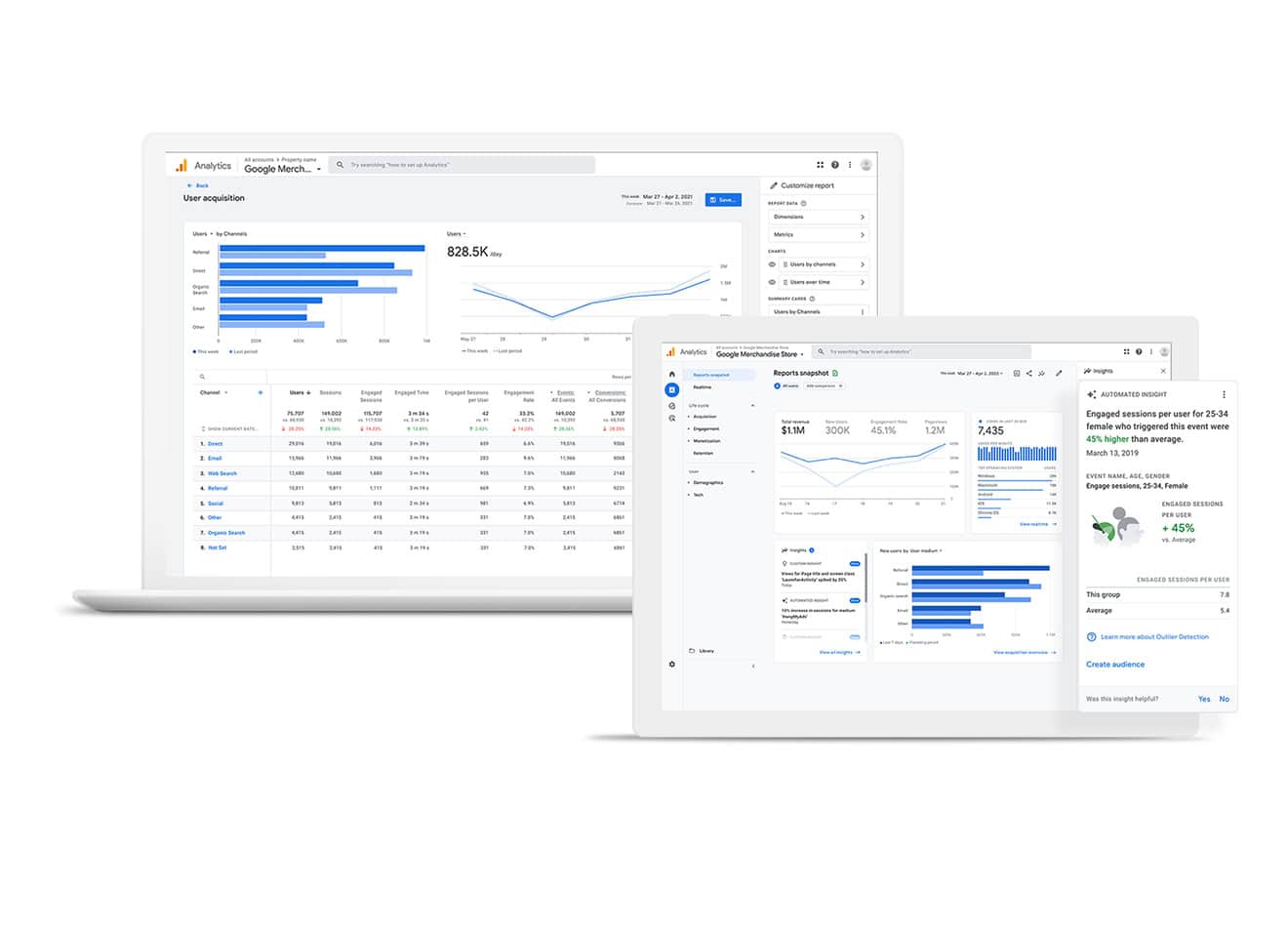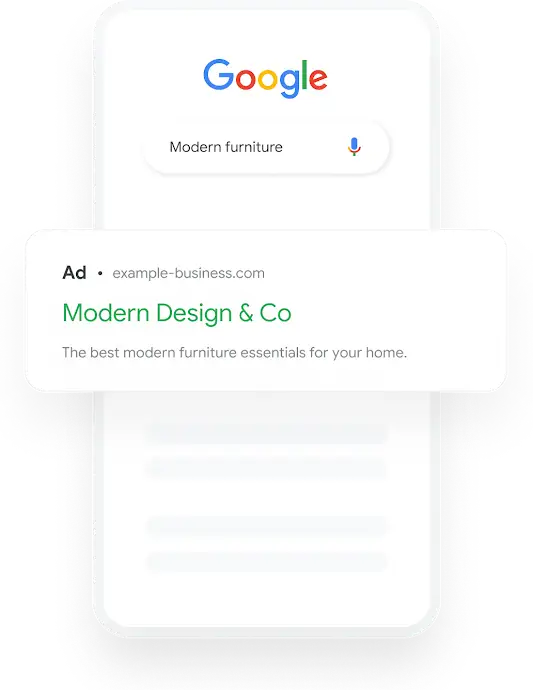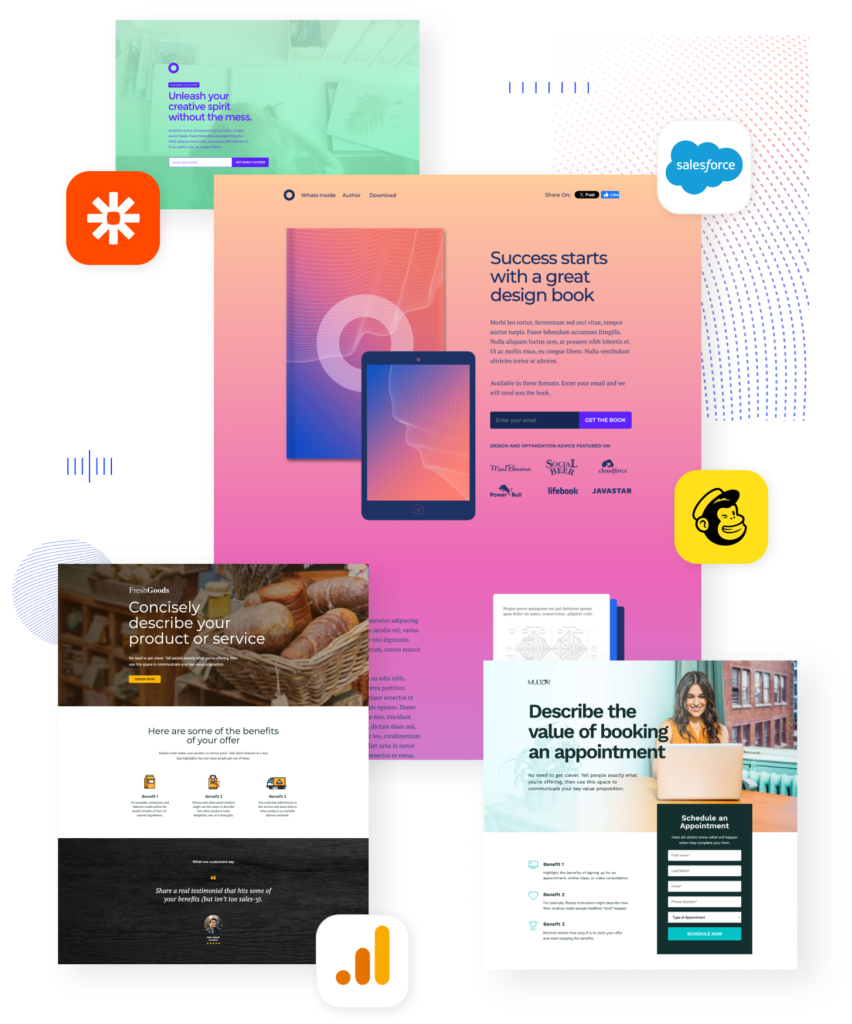Mastering Online Conversions: Success Strategies In the digital world, any company hoping to succeed must be able to turn visitors into customers. Understanding online conversions involves more than just keeping track of figures; it also entails developing a smooth user experience that leads prospective buyers through the process. From improving website design to utilizing social proof and data analysis, this post will explore a number of tactics that can raise your conversion rates. Online conversions are when users take actions on a website that support your company’s objectives. These can be anything from completing a contact form to making a purchase or subscribing to a newsletter.
Key Takeaways
- Understanding online conversions is crucial for businesses to measure the success of their online marketing efforts and make informed decisions.
- Optimizing website design for conversions involves creating a user-friendly and visually appealing layout that encourages visitors to take action.
- Creating compelling call-to-actions is essential for guiding visitors towards the desired conversion, whether it’s making a purchase or signing up for a newsletter.
- Utilizing A/B testing for conversion optimization allows businesses to compare different versions of a webpage to determine which one performs better in terms of conversions.
- Leveraging social proof, such as customer testimonials and reviews, can help increase conversions by building trust and credibility with potential customers.
To optimize your online presence, you must first understand what a conversion is for your company. Establishing precise goals and key performance indicators (KPIs) is crucial for gauging success. In order to track conversions effectively, you must use tools like Google Analytics, which let you keep an eye on user behavior on your website. You can learn more about how users interact with your content by examining metrics like conversion rates, bounce rates, and user engagement. With this knowledge, you can pinpoint areas that need work & adjust your marketing tactics appropriately.
Optimizing conversions requires a well-designed website. When it comes to how visitors view your brand & whether they decide to interact with it, the layout, color scheme, and overall user experience are crucial. Since more & more people are using smartphones and tablets to access the internet, start by making sure your website is responsive. In addition to improving user experience, a responsive design raises your site’s search engine rankings.
Aside from optimizing for mobile devices, concentrate on making navigation easier. High bounce rates can result from a cluttered website that overwhelms visitors. Calls-to-action (CTAs) should be positioned thoughtfully, menus should be easy to navigate, and headings should be clear. White space can also increase readability and digestibility, which will ultimately increase conversion rates. An essential component of any conversion strategy is a call-to-action (CTA).
| Metrics | Results |
|---|---|
| Conversion Rate | 12% |
| Click-Through Rate | 25% |
| Number of Conversions | 500 |
| Number of Clicks | 2000 |
Like “Buy Now,” “Sign Up Today,” or “Get Your Free Trial,” they act as prompts to compel users to perform particular actions. “Use action-oriented language that communicates urgency and value in order to create compelling calls to action.”. Phrases like “Join Thousands of Satisfied Customers” or “Limited Time Offer” can encourage users to take immediate action. For CTAs, placement is just as crucial. Make sure your website has them in a prominent location, preferably above the fold so users can see them without having to scroll.
Try out various hues and patterns to determine which ones your audience responds to the most. In this case, A/B testing can be especially helpful since it lets you compare the efficacy of different CTAs and improve your strategy using actual data. A/B testing, sometimes referred to as split testing, is a potent technique for increasing conversions that compares two iterations of a webpage or element to see which one works best. Using data-driven decision-making instead of guessing what might work is made possible by this technique. To find out which headline, image, or call to action button generates the highest conversion rates, for example, you could test two different versions.
Isolating one variable at a time during A/B testing is essential for precisely determining how it affects user behavior. Also, make sure you have enough data to make intelligible inferences. After determining which version is the most successful, make the necessary adjustments throughout your website and keep testing additional components to promote continuous development.
Social proof is a psychological phenomenon in which people base their own decisions on the deeds and behaviors of others. Using social proof to increase credibility & trustworthiness can have a big impact on online conversions. Customer endorsements, reviews, case studies, and user-generated content can all help achieve this.
Positive reviews can reassure prospective clients about the caliber of your goods or services by being prominently displayed on your website. On product pages, think about including customer testimonials or star ratings to offer instant confirmation. Also, by demonstrating how your products are used in the real world, case studies that highlight positive results can influence visitors even more. Creating an Email List.
Start by rewarding email sign-ups with worthwhile incentives like eBooks, special access, or discounts. You will have access to a pool of potential clients as a result of encouraging people to sign up for your email list. Organizing & Customizing Emails. To create messages that are specific to each group, divide up your subscriber list according to their interests and habits.
To draw readers in and promote clicks, use attention-grabbing subject lines & interesting content. Clear CTAs Increase Conversions. Conversion rates can also be raised by including obvious calls to action (CTAs) in your emails, which can lead recipients back to your website. You can direct your email recipients to complete a desired action, such as buying something, by including a clear call-to-action.
One efficient technique to re-engage visitors to your website who did not convert is to use retargeting ads.
You can remind prospective clients that they are interested in your goods or services and entice them to come back by showing them targeted advertisements on multiple platforms.
This tactic takes advantage of the familiarity factor, which states that advertisements from brands that consumers are familiar with increase conversion rates.
Make sure your website has tracking pixels installed in order to collect visitor data in order to use retargeting successfully. Utilize their past interactions with your site to inform the creation of customized ad content that speaks directly to their interests. For instance, think about displaying advertisements for a particular product with a temporary discount offer to visitors who have looked at it but have not bought it. The foundation of any effective conversion optimization strategy is data analysis. By consistently tracking important metrics like user behavior, traffic sources, and conversion rates, you can spot trends & patterns that help guide your choices.
You can identify areas for improvement by using tools like Google Analytics, which offer insightful data about how users interact with your website. Spend some time doing a thorough analysis of the data you have collected. Examine how one variable may affect overall performance by looking for correlations with other variables. A decrease in conversions following a website redesign, for example, can suggest that some features are not connecting with users as intended. With this knowledge, you can continuously improve your strategy & make well-informed adjustments.
In conclusion, maximizing online conversions necessitates a multipronged strategy that includes everything from data analysis & social proof to optimizing website design. You can greatly increase conversion rates and spur business expansion by comprehending the subtleties of user behavior and putting best practices into practice in each of the aforementioned areas. Now is the moment to act!
To begin, assess your current conversion tactics and pinpoint areas that need work. Every action you take will get you closer to increasing conversions & your success in the online market, whether that means improving the look of your website or using A/B testing for calls to action.
If you are looking to convert clicks fast, you may want to consider reading the article on the best digital marketing agency for small businesses in Tulsa, Oklahoma. This article may provide valuable insights and strategies to help you effectively market your business online and drive conversions quickly.
FAQs
What is Convert Clicks Fast?
Convert Clicks Fast is a digital marketing strategy aimed at increasing the conversion rate of website visitors into customers or leads quickly and efficiently.
How does Convert Clicks Fast work?
Convert Clicks Fast works by optimizing various elements of a website, such as the design, content, and user experience, to encourage visitors to take a desired action, such as making a purchase or filling out a contact form.
What are the benefits of using Convert Clicks Fast?
The benefits of using Convert Clicks Fast include increased conversion rates, improved return on investment (ROI), and a more effective use of digital marketing resources.
What are some strategies for implementing Convert Clicks Fast?
Strategies for implementing Convert Clicks Fast include A/B testing, optimizing landing pages, improving website speed, and creating compelling calls-to-action.
Who can benefit from using Convert Clicks Fast?
Businesses of all sizes and industries can benefit from using Convert Clicks Fast to improve their online marketing efforts and increase their conversion rates.










